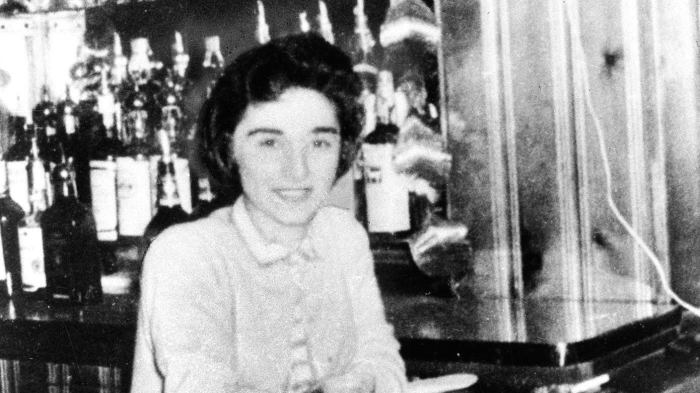The authors use the murder of kitty genovese to illustrate – The murder of Kitty Genovese in 1964 sent shockwaves through American society, prompting widespread reflection on the phenomenon of bystander apathy. This essay examines how authors have used the Genovese case as a literary device to explore themes of guilt, responsibility, and social indifference.
The authors’ use of the Genovese case as a literary device has been both effective and impactful. By drawing on the details of the case, authors have been able to create compelling narratives that resonate with readers on a deeply emotional level.
These narratives have helped to raise awareness of the problem of bystander apathy and have encouraged readers to reflect on their own responsibilities in the face of injustice.
1. The Kitty Genovese Murder
A Case Study in Bystander Apathy

The Kitty Genovese murder, which occurred in 1964 in Queens, New York City, is a notorious case of bystander apathy. Genovese was brutally attacked and murdered over the course of 30 minutes, while numerous neighbors witnessed the crime but failed to intervene.
This case has been extensively studied by psychologists and sociologists to understand the phenomenon of bystander apathy, which refers to the failure of individuals to provide assistance to someone in need, even when they witness the event. The Genovese case highlights the psychological and sociological factors that can contribute to this lack of intervention.
Psychological Factors
- Diffusion of Responsibility:When multiple individuals are present, the responsibility for intervening is spread out, leading to a decreased sense of personal responsibility.
- Pluralistic Ignorance:Individuals may assume that others are not intervening because they also believe the situation is not serious or does not require intervention.
- Fear of Involvement:Concerns about personal safety or negative consequences can deter individuals from intervening.
Sociological Factors, The authors use the murder of kitty genovese to illustrate
- Urban Anonymity:In large, urban environments, individuals may feel less connected to their neighbors and less obligated to help.
- Social Norms:Cultural norms may discourage intervention, especially if the situation is perceived as private or non-threatening.
- Lack of Training:Individuals may not have the skills or knowledge to effectively intervene in emergency situations.
Frequently Asked Questions: The Authors Use The Murder Of Kitty Genovese To Illustrate
What is the Kitty Genovese case?
The Kitty Genovese case refers to the 1964 murder of Kitty Genovese in New York City. Genovese was stabbed to death outside her apartment building while 38 witnesses watched and did nothing to help.
What is bystander apathy?
Bystander apathy is a psychological phenomenon in which individuals are less likely to help others in emergency situations when other people are present.
How have authors used the Genovese case to illustrate bystander apathy?
Authors have used the Genovese case to illustrate bystander apathy by creating fictional narratives that explore the psychological and sociological factors that contribute to this phenomenon.

